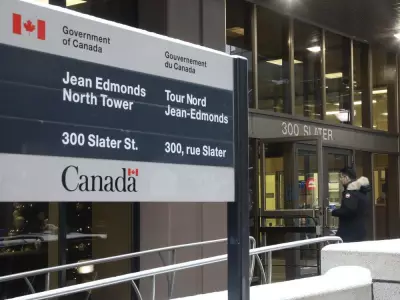
In a sweeping policy shift that will reshape the province's demographic landscape, the Quebec government has unveiled plans to dramatically reduce immigration levels, setting a hard cap of 45,000 new permanent residents annually for the next four years.
A Strategic Reduction in Newcomers
The provincial government's decision marks one of the most significant immigration policy changes in recent Quebec history. The four-year plan represents a substantial decrease from current levels and reflects growing concerns about the province's capacity to integrate newcomers effectively.
"This measured approach allows us to ensure proper reception and integration services for those who choose to make Quebec their home," explained a government spokesperson. The policy aims to balance economic needs with social cohesion and public service capacity.
Addressing Systemic Pressures
The immigration reduction comes amid mounting pressures on Quebec's housing market and public services. Government officials point to several key factors driving the decision:
- Strained housing availability and affordability across urban centers
- Overburdened healthcare and education systems
- Challenges in French language integration and preservation
- Need for better alignment between immigrant skills and labor market needs
Economic Implications and Business Response
Business leaders have expressed mixed reactions to the announcement. While some employers worry about potential labor shortages in key sectors, others acknowledge the need for sustainable population growth.
"We understand the government's concerns about integration capacity, but we must ensure this doesn't hamper economic growth in sectors already facing workforce challenges," commented a representative from Quebec's manufacturing association.
Long-term Vision for Quebec Society
The four-year plan provides a predictable framework for municipalities, service providers, and employers to adapt to the new reality. The government emphasizes that this temporary reduction will allow for necessary adjustments to integration infrastructure while maintaining Quebec's distinct cultural character.
As the province implements these changes, all eyes will be on how this ambitious immigration strategy affects Quebec's economic competitiveness, social fabric, and relationship with the federal government's broader immigration targets.





